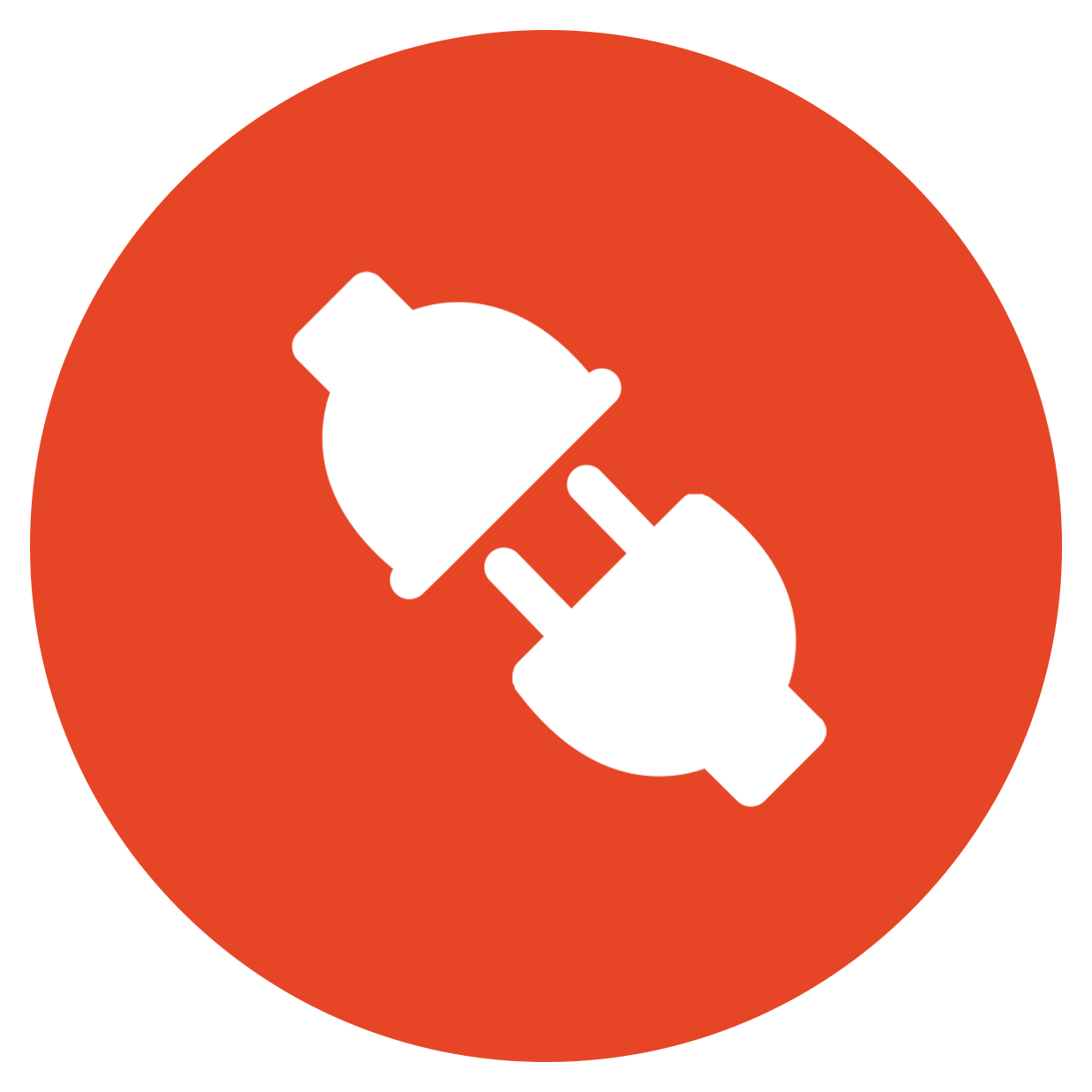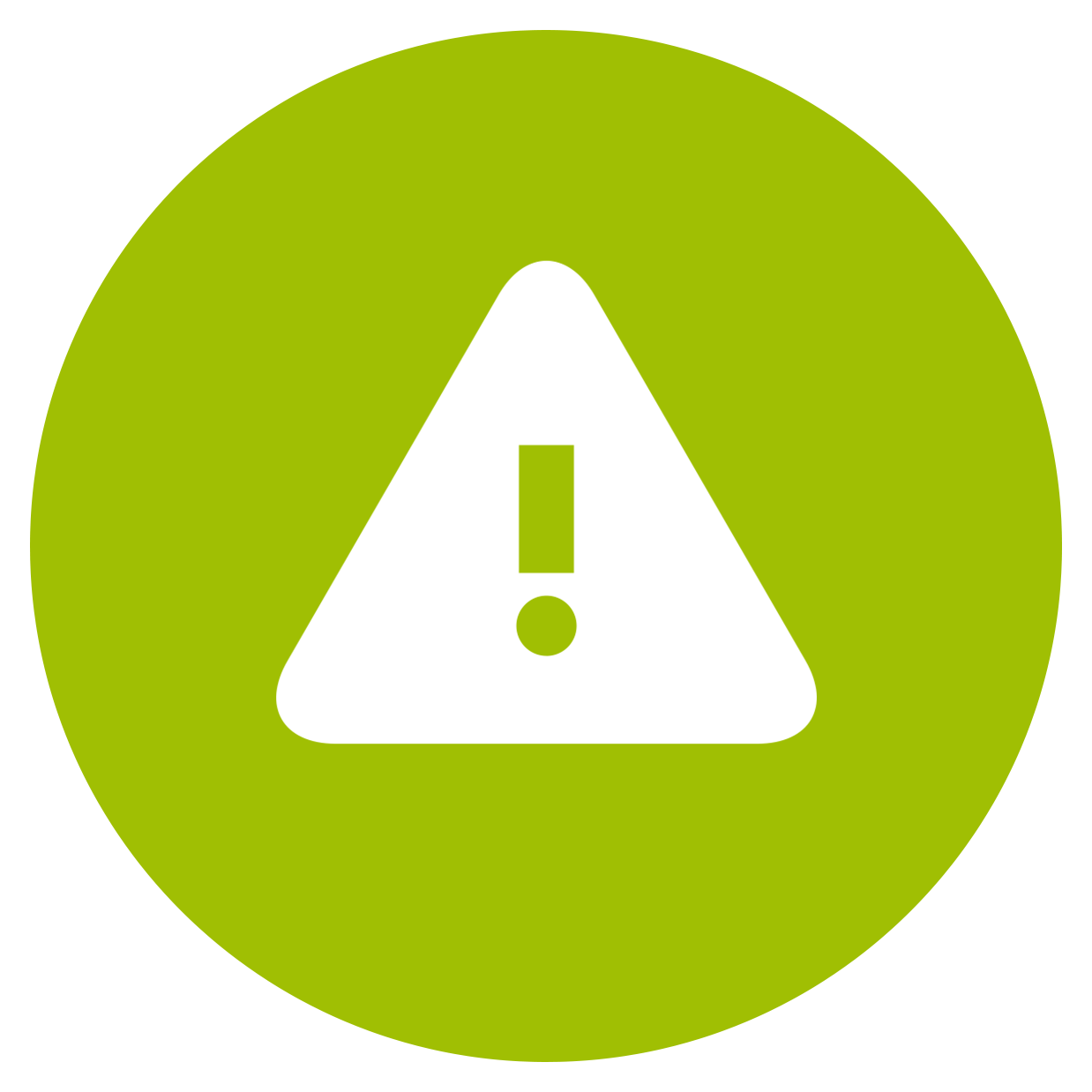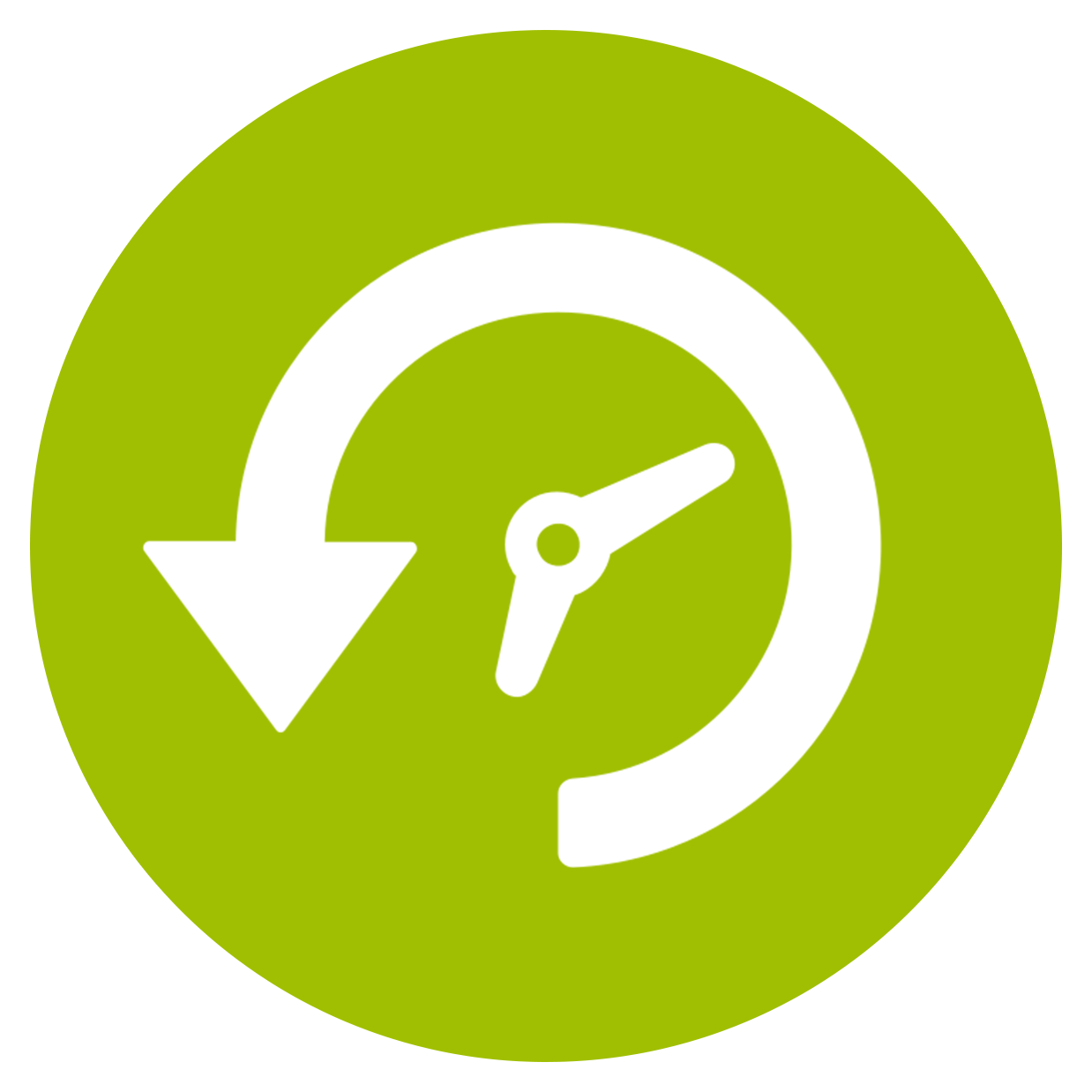Calculating CSAT
Written by Support EXP


Are your customers satisfied with their brand experience? One of the best ways to find out is the customer satisfaction score, or CSAT.
All you have to do is create a survey and use the results to compare industry trends and see how you stack up against the competition. You can gauge the success of campaigns, make tweaks to your service, and work towards a higher score.
In order to make the most out of CSAT, you need to know how to use it.
In this article, we’re covering the basic mechanics of how to calculate CSAT: how should you create your survey, what procedure should you use, and what score should you aim for?
Key Takeaways:
- A basic CSAT survey asks: “How would you rate your overall satisfaction with [insert your product/service]?”
- CSAT is calculated by dividing the number of respondents answering 4 or 5 by the total number of survey responses, then multiplying the result by 100.
- Identifying areas for continuous improvement should be the primary goal in ongoing monitoring and understanding of CSAT scores.
Setting Up a CSAT Survey
Before you can start calculating CSAT, you need to set up your survey.
The most basic survey asks one question: “How would you rate your overall satisfaction with [insert your product/service]?”
Like other common metrics such as Net Promoter Score, respondents answer on a numeric scale, usually from 0 or 1 to 10. However, to get a more detailed overview of customer experience, you can ask specific follow-up questions—you can find examples and tips for those questions in our article discussing CSAT questions.
Once you’ve decided on a question list and overall structure, choose a trustworthy platform to keep customer data safe. Then, send out your survey.
You might want to only survey people at a specific point in the customer journey, such as after making a purchase. Or, you might want to pull from a variety of customers at very different stages, from casual website browsers to committed repeat buyers.
Either way, keep in mind that the type of group you survey for your CSAT will impact the answers you receive.
Finally, decide how many people you’d like to survey. A larger sample pool means more answers, but you do risk over-surveying customers. This is especially true if you plan on calculating CSAT regularly.
Our advice? If you’re a large business with many customers, try sending your survey to a smaller group. If you’re a small business without a giant customer base, you can send your survey to everyone.
Once you’ve structured your survey and distributed it to your chosen audience, it’s time for calculating CSAT results.
CSAT Formula
The basic formula for calculating CSAT is simple. Take the number of customers who answered 4 or 5 on the survey, indicating high levels of satisfaction. Divide that by the total number of survey responses, and multiply your result by 100. The answer is your final calculation.
Here’s an example: If you surveyed 200 people, and 150 of them answered 4 or 5, you would calculate that as (150/200)x100=75. Your final CSAT, then, would be 75%.
Understanding the CSAT Score
Of course, correctly calculating your CSAT doesn’t help unless you know what to do with the number you’ve found.
First, you should set a goal for your CSAT—what number would you be satisfied with? What qualifies as a good CSAT score depends on your industry, so get a feel for benchmarks within your field of expertise.
For example, while the overall average CSAT score hovers around 74.4%, some niche markets like breweries enjoy an average 84% score.
In contrast, subscription TV services average 64% when it comes to customer satisfaction, so you might still stand out with a lower score.
Research the CSAT of prominent competitors to see where you should aim. The American Customer Satisfaction Index is a great resource for finding relevant feedback and information.
When you’re interpreting your CSAT, you should take into account how and when you conducted the survey. Did some customers get their customer satisfaction survey right after making a purchase, while others completed it after contacting customer service?
For the most specific results, try to parse out where respondents were on the customer journey. You may be surprised at what you find—maybe your CSAT among recent buyers is 80%, but it drops to 69% among people who contacted customer service.
Your goal in understanding CSAT scores should be to find areas of improvement.
Look for specific areas of satisfaction and dissatisfaction and focus on bringing your score up to be competitive in your industry.
Monitoring Your CSAT Score
After you’ve calculated your overall score, you should continue to monitor your CSAT.
After any major change, whether it be a social media reboot, help desk training, or website improvement, release a new survey and test customer satisfaction. This will give you a helpful gauge of your progress, showing you which updates work and which ones don’t.
To get the most out of each survey, you should use some sort of analytics tool to track CSAT trends and reports over time. You can do this yourself, or you can hire a trusted third party to identify common responses and suggest action items as they look back over the data.
It’s also a good idea to combine CSAT monitoring with some other common metric such as Net Promoter Score, Customer Effort Score, or even a team CSAT score. You’ll get a more well-rounded picture of your business’s performance across the board.
Calculating CSAT is an essential part of a comprehensive customer satisfaction plan. Fortunately, the procedure for calculation is relatively straightforward.
If you commit to intentional surveys, performing research on comparable CSAT scores in your industry, and continued monitoring and progress, you can use the customer satisfaction score to grow your customer base and understand the needs of your clients.
Get Started Tracking CSAT Today
Are you looking to improve customer satisfaction, but you’re not sure where to begin?
Is continued CSAT analysis challenging your business? Take the stress out of CSAT scoring with help from Support EXP.
We offer advanced analytics, tailored CSAT surveying, and CX/MX consulting services to help banks and credit unions understand their customers better.
Contact us below to learn more!















